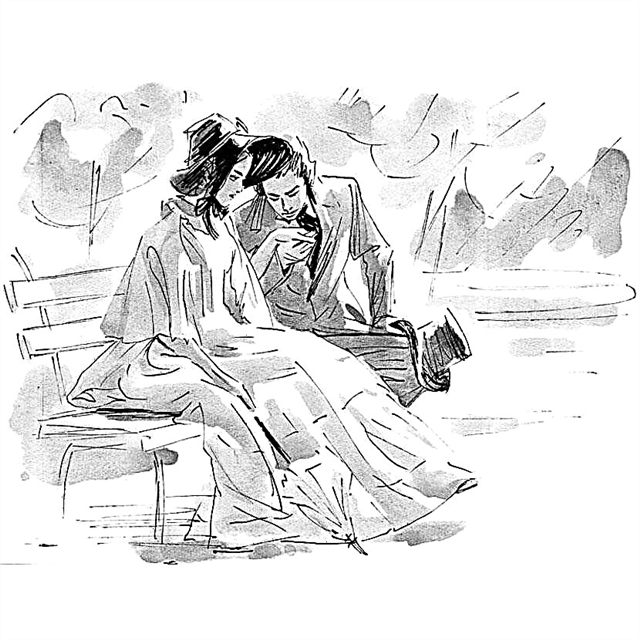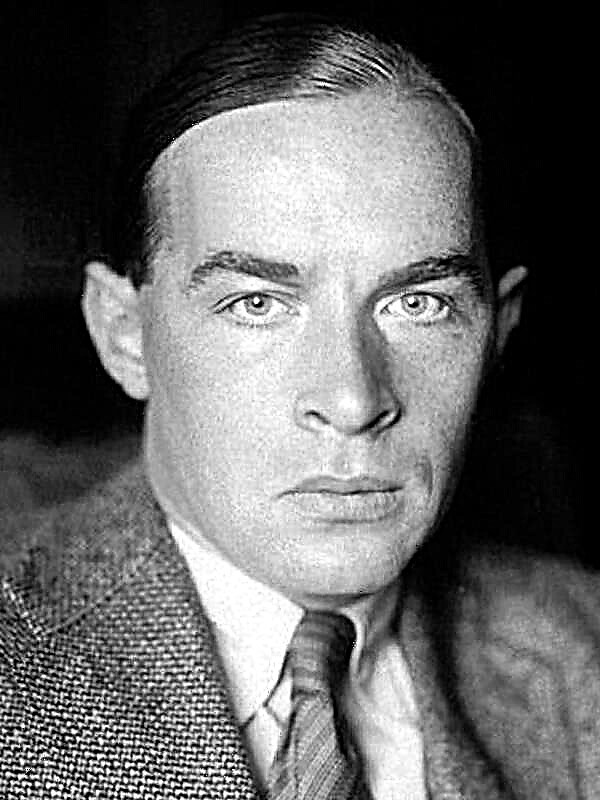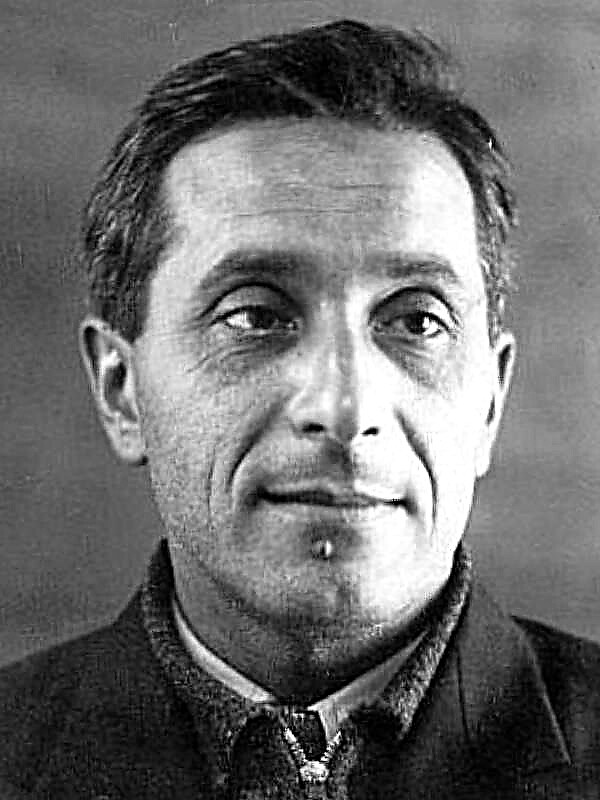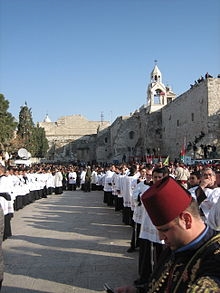The great Russian creator, A. S. Pushkin, left a rich legacy to Russian literature: poems, poems, novels in verses, prose and dramatic works. He also wrote fictional stories for adults and children. Surely there is not a single person to whom in childhood parents or grandmothers did not read his tales. Below is a selection of generally recognized and beloved by all tales from the pen of the Sun of Russian poetry.
- Song of the Prophetic Oleg. The ballad was written in 1822. It is no coincidence that she is found in collections of fairy tales. In content, it is very close to this genre. The author drew attention to the plots from the ancient Russian chronicles. He in verse form retold the story of the Kiev prince Prophetic Oleg, who earned his nickname after a campaign in Byzantium. However, the author pays more attention not to campaigns, but to the conversation between the prince and the magician about his death. The theme of fate, which cannot be deceived, is raised in the ballad. The seemingly invincible warrior and the lord of the land did not succeed. Read the story ...
- The Tale of the Golden Cockerel. A fairy tale written by Pushkin in 1834. Articles by the poetess Anna Akhmatova and the philologist Vasily Vasilievich Sipovsky helped to learn more about her. According to the poet's judgments, the work contains a transfer to the essay "The Legend of the Arab Astrologer" by the American romantic author Irving Washington, Sipovsky wrote about the reference to the work of the German piite Friedrich Klinger "The Story of the Golden Rooster". Read the story ...
- The tale of the dead princess and the seven heroes. A fictional story written in 1833 in Boldino. The base was a script familiar from outside our country. The contents are similar: the story of Snow White, the legend of the African peoples about the magic mirror, supplemented by local color, the passage about the seven heirs of the khan who met a young lady driven out of the house, from the Mongolian Magic Dead Man collection. The Scots have an opus about gold and silver trees, the Armenians have a story about Nuri Hadig, who fell asleep from the ring, the Italians have a mystery about their mother and daughter, who own the Bella Venezia hotel, and the Greeks have a wonderful myth called Mirsina. In all essays, the number of male characters and occupation changes. Read the story ...
- Tale of the priest and his worker Balda. Labor created in Boldino. It is a revision of a folklore piece narrated by a beloved nanny. In the summer of 1831, the poet showed the story to another creator, Nikolai Vasilyevich Gogol. In a letter to the writer Grigory Danilevsky, he described it as “Russian folk tales” and not at all like the poem “Ruslan and Lyudmila”. Indeed, in this tale, the author managed to convey the true national spirit. Read the story ...
- The Tale of the Fisherman and the Fish. The invention of 1833, whose literary debut took place in 1835. The poet planned to supplement it with a cycle of 16 poems “Songs of the Western Slavs”. A very common version is the borrowing of a story from the tale "On the Fisherman and His Wife." In addition, there is a parallelism of the plot of the national opus “The Greedy Old Woman”, in which the functionality of the golden fish performs the magic tree. Read the story ...
- The tale of Tsar Saltan, of his glorious and mighty son Prince Gvidon Saltanovich and the beautiful princess Swans. A wonderful story, first published in 1832. A long title refers the reader to popular prints. The legend "Knee-deep in gold, elbow in silver" formed the basis. A similar plot is found among Indians, Turks, Africans, Indians, Ukrainians and Belarusians. The prototype of the Princess Swans became Vasilisa and Sophia the Wise. According to one theory, King Saltan was none other than the Syrian Sultan. The name of his son is taken from a popular print telling about the Royal Beauvais. Most likely, the author gleaned the image of 33 heroes in one of Arina Rodionovna’s short stories. Babarikha is borrowed from idolatrous magic words. The source of the appearance of the image of a singing song and a fantastic squirrel using nuts with emeralds is unknown. Buyan Island is borrowed from Slavic mythology. Read the story ...
- At the seashore green oakth. This is the introduction of Ruslan and Lyudmila, which is often found in books of fairy-tale works. This story contains all the fabulous heroes: from mermaids to sorcerers. The author uses the word "there" many times so that the reader believes in the existence of this fantastic world. On the way to it we are accompanied by unknown paths and unprecedented animals. The tale is small, easy to learn and smoothly lays on ear. Read the story ...







 Delivering happiness
Delivering happiness



